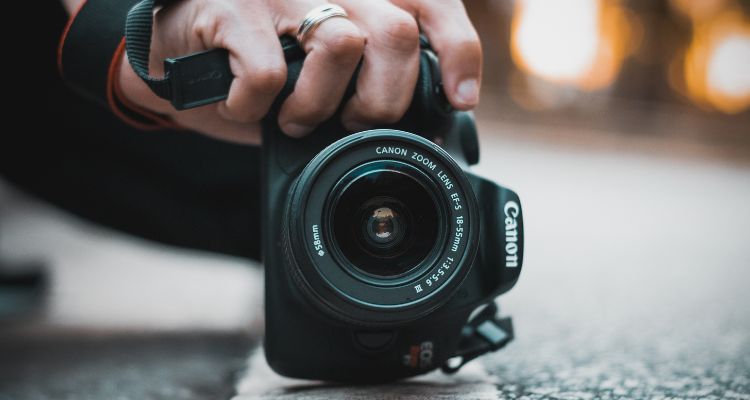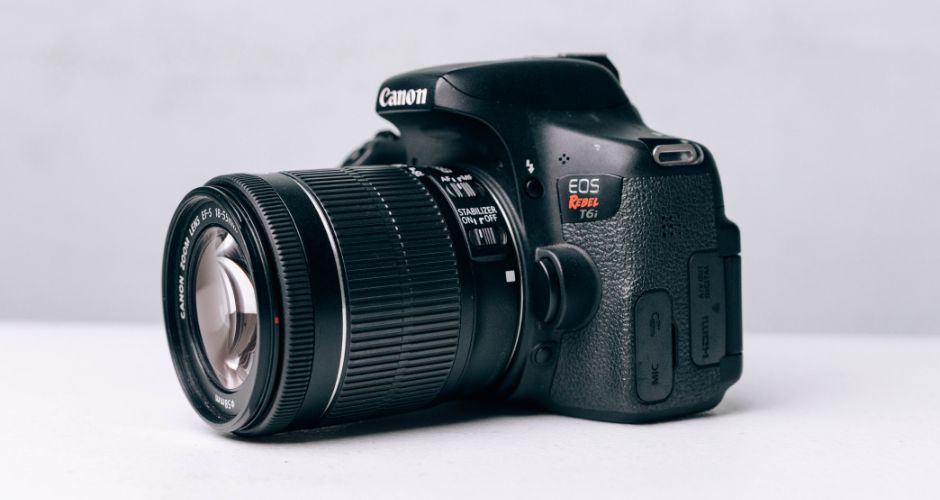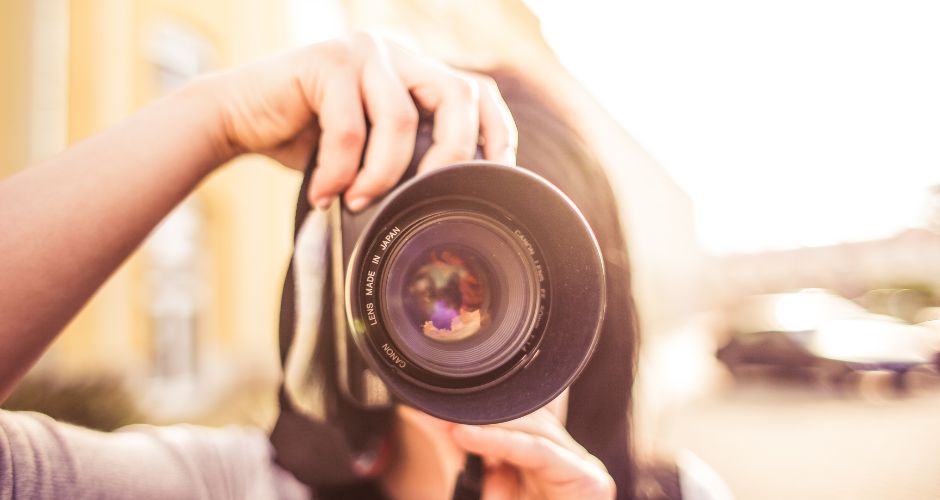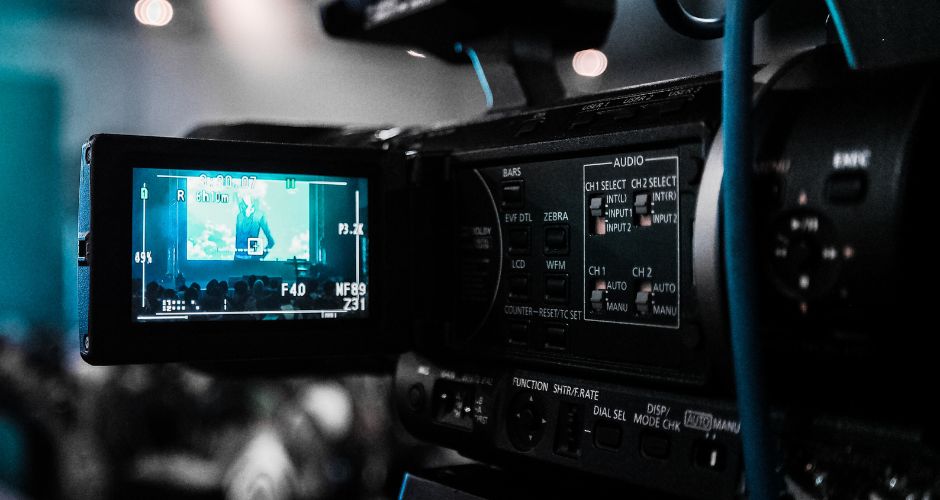How to Choose the Right Camera and Lens for Photography

Photography is an art form that has captivated millions worldwide. Whether you’re an aspiring professional or just looking to capture beautiful moments, choosing the right camera and lens is paramount to your success. With a plethora of options available, it’s easy to feel overwhelmed. In this comprehensive guide, we will break down the process of selecting the perfect camera and lens, ensuring that your journey into photography starts on the right foot.
Understanding Your Photography Needs
Before diving into the world of cameras and lenses, it’s essential to identify your photography needs and goals. Doing so will help you make informed choices that align with your interests and aspirations.
1. Defining Your Photography Goals and Interests
To start, ask yourself these questions:
- What type of photography interests you the most? (e.g., landscape, portrait, wildlife, sports)
- Are you looking to pursue photography professionally or as a hobby?
- Do you have any specific projects or subjects in mind?
Having a clear understanding of your photography goals will serve as a compass throughout your camera and lens selection process.
Factors to Consider When Choosing a Camera

Now that you’ve defined your photography needs, let’s explore the critical factors to consider when choosing the right camera.
1. Budget Range
Your budget is a crucial starting point. Cameras come in a wide range of prices, from entry-level to professional-grade. Determine how much you’re willing to invest in your photography gear, keeping in mind that lenses and accessories will add to the overall cost.
2. Camera Types: DSLR vs. Mirrorless vs. Compact
There are three primary types of cameras to choose from:
- DSLR (Digital Single-Lens Reflex): DSLRs are known for their versatility and image quality. They offer optical viewfinders and a vast selection of lenses. However, they tend to be bulkier.
- Mirrorless Cameras: These cameras have gained popularity for their compact size and advanced features. They offer interchangeable lenses, making them suitable for various photography styles.
- Compact Cameras: Ideal for beginners or casual photographers, compact cameras are portable and easy to use. However, they have limitations in terms of image quality and versatility.
3. Sensor Size: Full-frame vs. APS-C vs. Micro Four Thirds
The camera’s sensor size plays a significant role in image quality and performance. Common sensor sizes include:
- Full-frame: Offers exceptional image quality and low-light performance but tends to be larger and pricier.
- APS-C: A good compromise between size and quality, suitable for most enthusiasts.
- Micro Four Thirds: Smaller sensors, ideal for those seeking a more compact camera system.
4. Megapixels and Image Quality
While megapixels matter to some extent, they are not the sole determinant of image quality. A higher megapixel count allows for larger prints and more cropping flexibility. However, other factors, such as sensor size and lens quality, also significantly impact image quality.
5. Ergonomics and Handling
The camera’s ergonomics and how it feels in your hand are crucial for a comfortable shooting experience. Visit a camera store to get a hands-on feel for different models and find one that suits your preferences.
6. Weight and Portability
Consider how often you’ll be carrying your camera. If you plan to travel extensively or hike with your gear, a compact and lightweight option may be more practical.
How to Choose the Right Camera for a Beginner Photographer

For beginners, ease of use and user-friendliness should be a top priority. Here are some tips for choosing the right camera as a novice photographer.
1. Emphasizing Simplicity and User-Friendliness
As a beginner, you want a camera that doesn’t overwhelm you with complex features. Look for models that offer intuitive interfaces and user-friendly controls. Many entry-level DSLRs and mirrorless cameras are designed with beginners in mind.
2. Recommendations for Entry-Level DSLR and Mirrorless Cameras
If you’re new to photography, consider these popular entry-level camera models:
- Canon EOS Rebel T7i (EOS 800D): Known for its ease of use and excellent image quality, this Canon DSLR is an excellent choice for beginners.
- Nikon D3500: Another top choice for novices, the Nikon D3500 offers user-friendly features and great performance.
4. Importance of an Intuitive Interface and User-Friendly Controls
A camera with an intuitive menu system and easily accessible controls can make your learning curve smoother. Be sure to spend some time navigating the camera’s menu and buttons to ensure you feel comfortable using it.
Choosing the Right Lens for Photography
Once you’ve selected your camera body, it’s time to choose the right lens. The lens you use has a profound impact on the style and quality of your photos.
1. Lens Types: Prime vs. Zoom vs. Macro
There are different types of camera lenses, each serving specific purposes:
- Prime Lenses: These have a fixed focal length, meaning they don’t zoom in or out. They are known for their exceptional image quality and are excellent for portraits and low-light photography.
- Zoom Lenses: Zoom lenses offer variable focal lengths, allowing you to zoom in and out. They are versatile and great for various situations, such as travel and events.
- Macro Lenses: These lenses are designed for close-up photography, capturing intricate details of small subjects like flowers and insects.
2. Focal Length and Its Impact on Photography
Focal length affects the field of view and perspective of your photos:
- Wide-angle lenses (short focal length): Capture more of the scene and are ideal for landscapes and architecture.
- Standard lenses (medium focal length): Mimic the human eye’s perspective and are versatile for everyday photography.
- Telephoto lenses (long focal length): Zoom in on distant subjects, making them suitable for wildlife and sports photography.
3. Aperture Size and Its Effects on Depth of Field
The lens’s aperture, measured in f-stops (e.g., f/1.4, f/2.8), determines how much light enters the camera and the depth of field. A lower f-number (e.g., f/1.4) allows for a shallower depth of field, creating a blurred background (bokeh) effect.
4. Lens Compatibility with Your Camera Body
Ensure that the lens you choose is compatible with your camera’s lens mount. Most manufacturers offer a range of lenses that work with their camera systems.
5. Lens Quality and Brand Considerations
Consider investing in high-quality lenses from reputable brands. While kit lenses that come bundled with cameras are a good starting point, upgrading to premium lenses can significantly enhance your photography.
Additional Features and Accessories

In addition to the camera body and lens, several features and accessories can enhance your photography experience:
1. Image Stabilization
Look for cameras and lenses with image stabilization (IS) or vibration reduction (VR) technology. IS helps reduce the effects of camera shake, allowing for sharper images, especially in low-light conditions.
2. Autofocus Capabilities
Fast and accurate autofocus is crucial for capturing sharp images, especially when shooting moving subjects. Research the autofocus performance of your camera and lens choices.
3. Low-Light Performance
Consider a camera with good low-light capabilities if you plan to shoot in challenging lighting conditions. Cameras with larger sensors tend to perform better in low light.
4. Video Recording Capabilities
If you’re interested in videography, choose a camera that offers high-quality video recording options, including various frame rates and resolutions.
5. Wi-Fi and Connectivity Options
Cameras with built-in Wi-Fi or Bluetooth make it easier to transfer photos to your smartphone or tablet for quick sharing on social media.
6. Importance of a Good Camera Bag and Other Accessories
Invest in a quality camera bag to protect your gear while on the move. Additionally, consider accessories like a sturdy tripod, extra batteries, and filters to enhance your photography capabilities.
Seeking Expert Advice
Don’t hesitate to seek guidance from experienced photographers or professionals. They can provide valuable insights based on their practical experience and help you make informed decisions.
1. Consulting with Experienced Photographers
Joining photography forums or local photography clubs can connect you with experienced photographers who can offer advice and share their experiences.
2. Reading Reviews and Seeking Recommendations
Read online reviews and watch video reviews of the camera and lens models you’re interested in. Additionally, ask for recommendations from trusted sources or photographers you admire.
3. Visiting Camera Stores for Hands-On Experience and Guidance
Visiting a camera store in person allows you to handle different camera models and lenses. The staff can provide insights and recommendations based on your preferences.
Finalizing Your Decision
After gathering information and considering all the factors, it’s time to make a final decision:
1. Narrowing Down Your Options Based on Budget and Requirements
Review your budget, photography goals, and the information you’ve gathered. Narrow down your camera and lens options to a shortlist of models that meet your criteria.
2. Considering the Long-Term Perspective and Potential for Upgrading
Think about your photography journey in the long term. While it’s essential to choose the right gear for your current needs, consider whether your chosen camera system allows for future upgrades and expansion.
3. Making an Informed Decision
Ultimately, the right camera and lens for you should align with your photography goals, preferences, and budget. By following this comprehensive guide and conducting thorough research, you’ll be well-equipped to make an informed decision that sets you on a path to photographic success.
Conclusion
Selecting the right camera and lens for photography is a significant step toward realizing your creative vision. Whether you’re a beginner or an enthusiast, understanding your needs, considering key factors, and seeking expert advice will guide you in choosing the perfect gear to capture stunning images for years to come. Remember, your camera and lens are tools that empower your creativity, so choose wisely and enjoy your photographic journey.





